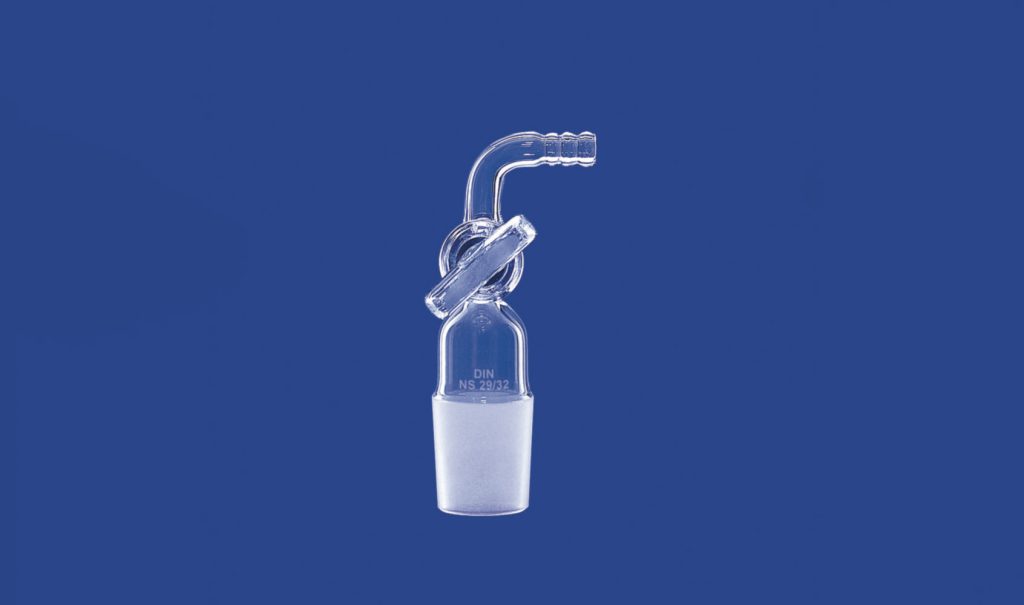Have you ever wondered how machines, pipes, or mechanical systems connect parts securely while still allowing smooth movement? The answer often lies in a simple yet highly effective component called a Socket Joint. These joints are used in various applications, from automotive to plumbing, to ensure stability and flexibility at the same time. In this guide, we’ll explain how socket joints work, their benefits, and why they are essential for different industries.

What is a Socket Joint?
A Socket Joint is a type of mechanical connection that allows two parts to fit together, usually in a way that permits rotation or limited movement. Think of it as a “socket” that holds another piece firmly in place, yet allows some motion when needed. Socket joints are commonly used in machinery, pipes, and industrial equipment because they are strong, reliable, and easy to assemble or replace.
Types of Socket Joints
Socket joints come in a variety of distinct forms based on their use and application. For instance, heavy-duty machinery has its own specific types, while lighter machinery and plumbing systems have theirs. One of the more notable types is the 3 Multiple Necks socket joint, as it provides several socket connections in a single joint.
This is very beneficial when multiple components need to be joined in a limited space. Using an Adapter with Multiple Necks further simplifies the joining of various parts, as it eliminates the need for intricate arrangements.
How Socket Joints Work
The working mechanism of a socket joint is straightforward. Its socket portion has a hollow space that is designed to hold another part. This allows the other part to rotate, pivot, or move a bit while being connected. The flexibility means less strain is placed on parts, and the machinery is less likely to experience a sudden breakdown.
As an example, socket joints in vehicles are used in the steering systems and the drive shafts. In these cases, the socket joint connects moving parts while enabling the required rotation and movement, thus the vehicle components operate smoothly. In piping or plumbing, the socket joints are used to join pipes of different dimensions or angles, ensuring a seal and allowing slight movements due to temperature changes.
Benefits of Using Socket Joints
Socket joints are widely used because they offer several advantages:
- Flexibility: They allow limited movement, which reduces stress on connected parts.
- Durability: High-quality socket joints can handle heavy loads and frequent use.
- Ease of Installation: Many socket joints, such as the 3 Multiple Necks, are designed for quick assembly.
- Versatility: They can connect parts of different shapes and sizes, especially when using an Adapter Multiple Necks.
Using high-quality products ensures that the joints last longer and perform better. For example, Livingstone International provides premium socket joints and adapters that meet industrial standards. Their 3 Multiple Necks and Adapter Multiple Necks products are reliable, easy to use, and ideal for various mechanical or plumbing applications.
Applications of Socket Joints
Socket joints are used in many industries:
- Automotive: Steering systems, drive shafts, and suspension components use socket joints to allow smooth motion.
- Industrial Machinery: Machines with moving parts rely on socket joints to maintain stability and flexibility.
- Plumbing: Pipes are connected with socket joints to create leak-proof seals and accommodate thermal expansion.
- Robotics: Robots use socket joints to connect arms and other moving components efficiently.
The versatility of socket joints makes them essential for both small-scale and large-scale operations. Using the right type of socket joint, like the 3 Multiple Necks, ensures that multiple connections are possible without compromising performance.
Tips for Choosing the Right Socket Joint
When selecting a socket joint, consider the following:
- Load Capacity: Ensure the joint can handle the weight or stress of your application.
- Movement Needs: Choose a joint that allows the necessary rotation or pivoting.
- Material Quality: High-quality materials last longer and resist wear.
- Compatibility: Use adapters like Adapter Multiple Necks to connect different parts easily.
By paying attention to these factors, you can ensure smooth operation and long-term reliability.
Conclusion
Socket joints may seem small, but they play a huge role in making machinery, pipes, and systems work efficiently. From providing flexibility to ensuring durability, these joints are indispensable in many industries. High-quality options like the 3 Multiple Necks and Adapter Multiple Necks from Livingstone International offer reliable performance, easy installation, and long-lasting results. Choosing the right socket joint can save time, reduce maintenance, and improve the overall performance of your equipment.




